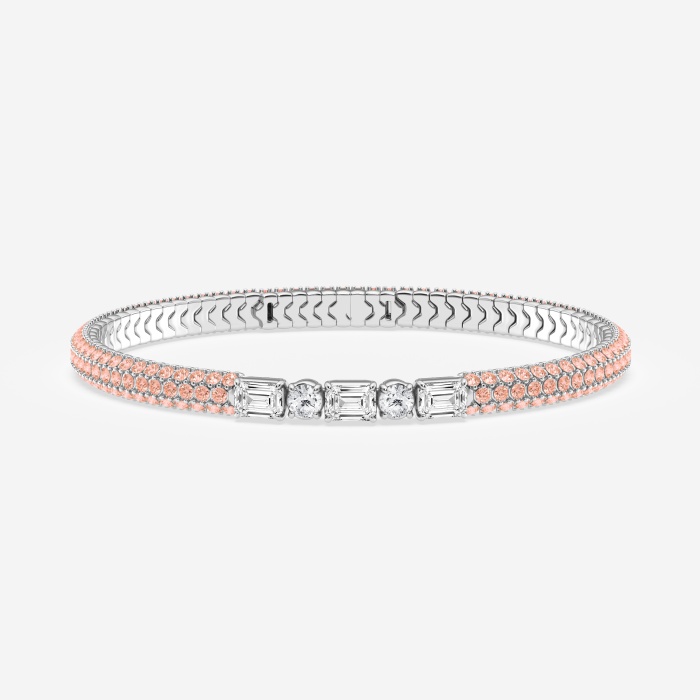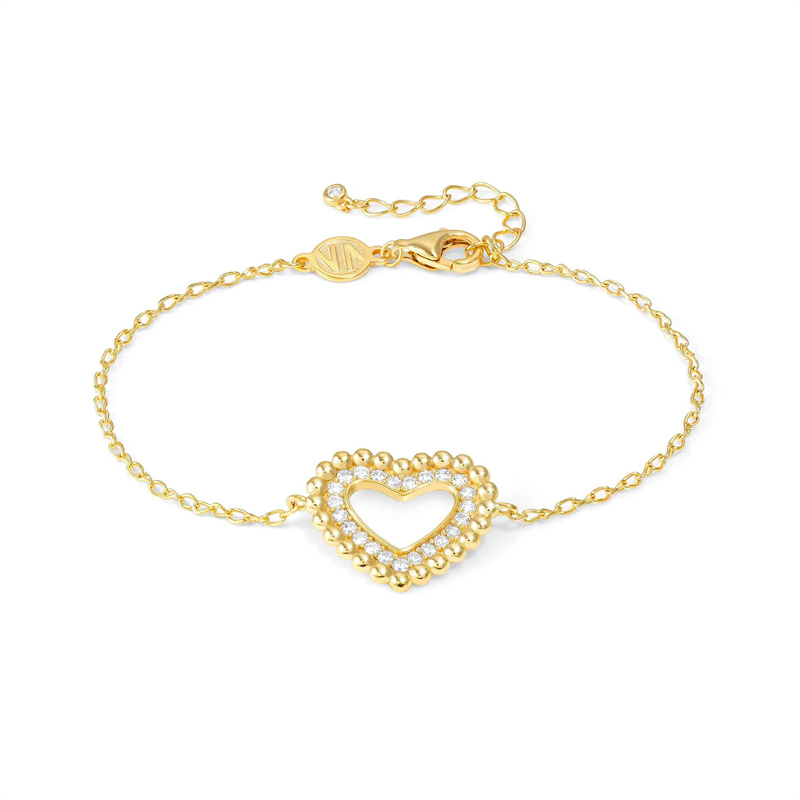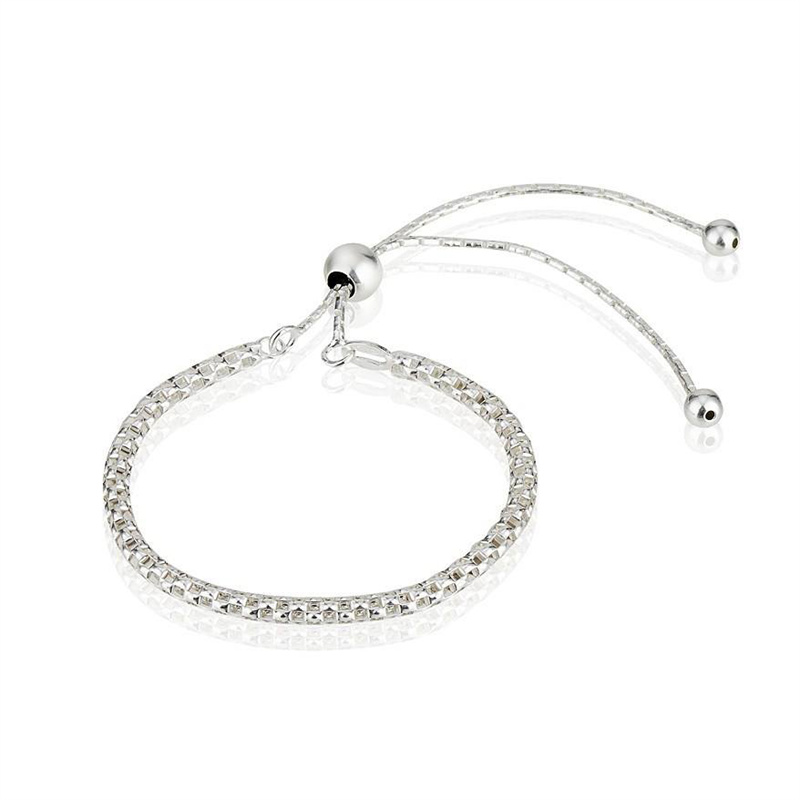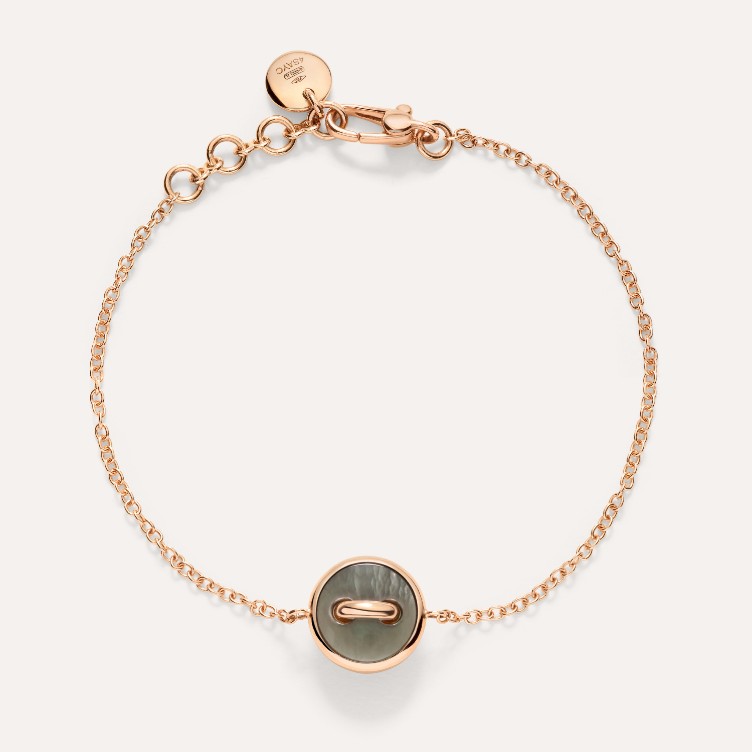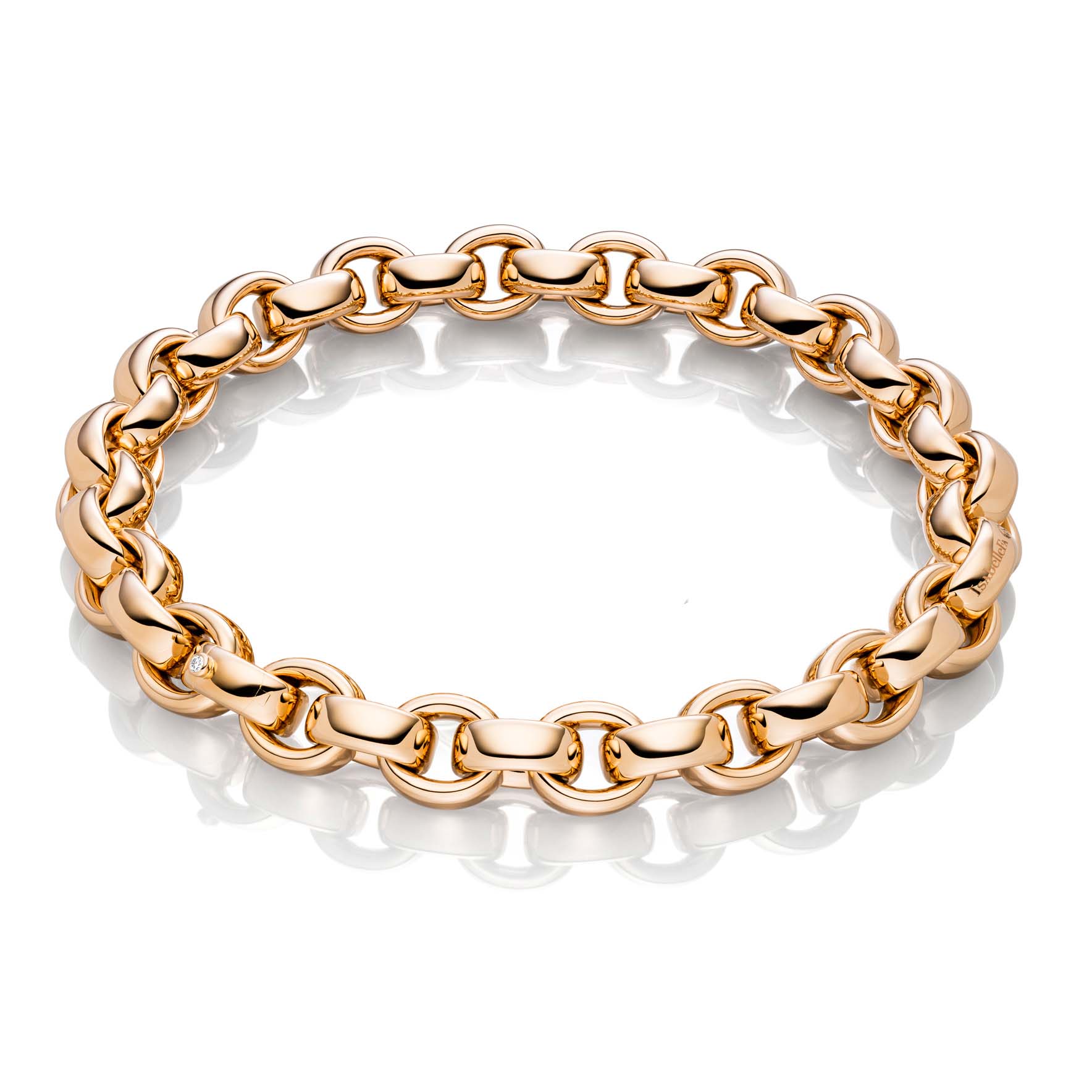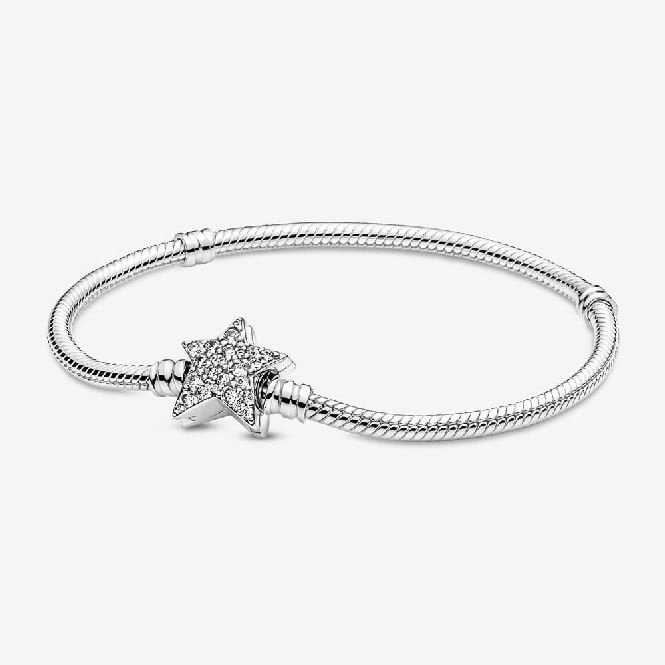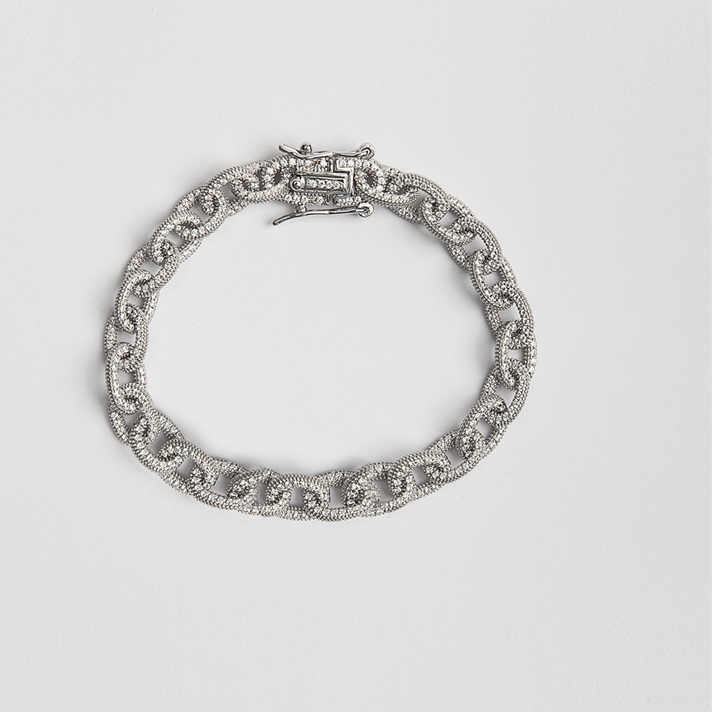JINGYING:Hip Hop tennies Bracelet Jewelry OEM Manufacturing Factory
JINGYING:Hip Hop tennies Bracelet Jewelry OEM Manufacturing Factory
LET’S GET STARTED : mo@kingjy.com
Of course. Here is a comprehensive 5000-word article on JINGYING as an OEM factory specializing in Hip Hop tennis bracelet jewelry.
JINGYING: The Forge of Fire – OEM Manufacturing for the Hip Hop Tennis Bracelet
Introduction
In the vibrant, ever-evolving lexicon of Hip Hop culture, jewelry is more than mere adornment; it is a language. It speaks of success, identity, legacy, and unapologetic self-expression. From the gold chains of the old school to the garish grills of the early 2000s, each era has its signature artifacts. In the contemporary landscape, one piece has risen to iconic status, perfectly bridging the gap between classic luxury and street-edge swagger: the Tennis Bracelet. But this is not your grandmother’s tennis bracelet. Recontextualized by Hip Hop, it has been transformed into a symbol of relentless hustle, a “drip” that signifies arrival, and a canvas for icy, brilliant self-expression. At the heart of this cultural phenomenon lies a complex manufacturing ecosystem. This article delves deep into the world of JINGYING, a specialized OEM (Original Equipment Manufacturing) factory that has mastered the art and science of producing Hip Hop tennis bracelets for a global clientele. We will explore the cultural significance of this piece, deconstruct its anatomy with a focus on the demands of the Hip Hop aesthetic, detail JINGYING’s end-to-end manufacturing process, and analyze the strategic business model that allows it to thrive as the silent, indispensable partner to brands shaping the future of jewelry culture.
I. The Cultural Crucible: The Hip Hop Tennis Bracelet as an Icon
To understand JINGYING’s manufacturing focus, one must first appreciate why the tennis bracelet has become a cornerstone of modern Hip Hop style.
1.1 From the Country Club to the Corner Office of the Streets
The classic tennis bracelet, a flexible line of uniformly set diamonds, earned its name after Chris Evert famously lost hers during a tense 1987 US Open match. It was a symbol of understated, privileged elegance. Hip Hop, in its quintessential form, has always been about appropriation and redefinition. The culture took this symbol of established wealth and recalibrated it, amplifying its core message. The continuous line of stones is no longer just elegant; it represents an unbroken chain of success, a relentless flow of wealth and hustle. It’s a “river of ice” that freezes the wrist, a tangible manifestation of the “cold” metaphor so prevalent in rap lyrics.
1.2 The Aesthetics of “Icy” vs. “Blingy”
Modern Hip Hop jewelry has matured. While the “bling” of the early 2000s was often defined by large, colored stones and overtly dramatic designs, the current preference, often termed “icy,” leans towards clarity, brilliance, and a seamless, sophisticated shine. The tennis bracelet is the epitome of this. Its value is communicated not through loud design but through the sheer quality and quantity of its sparkle. In music videos and on social media, a well-made tennis bracelet catches the light with every gesture, creating a mesmerizing cascade of fire that is both opulent and refined.
1.3 Versatility and Stackability
The Hip Hop aesthetic today is nuanced. It’s about curation. A single tennis bracelet can be worn for a clean, minimalist look. Alternatively, multiple bracelets can be “stacked” on one wrist—mixing a classic tennis bracelet with a Cuban link chain bracelet or a rubber strap from a high-end watch. This trend towards layering means that brands need a manufacturer who can produce bracelets of varying widths and stone sizes that are designed to be worn together, creating a personalized armory of wealth.
II. Deconstructing the Icon: The Anatomy of a Hip Hop Tennis Bracelet
A JINGYING-manufactured Hip Hop tennis bracelet is a feat of engineering. Its seemingly simple design belies a complex structure built for durability, comfort, and maximum visual impact.
2.1 The Foundation: The Setting and the Metal
- The Setting Style: The most common setting for a robust tennis bracelet is the four-prong setting. Each stone is held securely by four metal claws, which maximize the amount of light entering the stone, thereby maximizing its brilliance. For a even more seamless look, some clients opt for a channel setting, where the stones are set into a continuous channel within the metal band, offering superior security and a smooth, flush surface.
- The Base Metal: While the final product is often rhodium-plated to a brilliant white shine, the underlying metal is crucial for durability and value.
- Sterling Silver (925): The most popular base for high-quality fashion jewelry. It’s solid, hypoallergenic, and provides a perfect foundation for plating and stone setting.
- Brass or Copper: Used for more cost-effective pieces, but require high-quality plating to prevent tarnishing and skin discoloration.
- Gold Vermeil: A premium option involving a thick layer of gold over a sterling silver base, combining the luxury of gold with the durability of silver.
2.2 The Soul: The Stones
This is where the “ice” comes from. JINGYING specializes in working with high-quality simulants that provide the diamond look without the exorbitant cost.
- Cubic Zirconia (CZ): The industry standard. The best CZs are cut with precision, have excellent clarity and whiteness, and are hard enough to resist scratching. JINGYING sources premium, laser-cut CZs that are virtually indistinguishable from diamonds to the untrained eye.
- Lab-Grown Moissanite: A step above CZ in terms of hardness and brilliance. Moissanite has a higher refractive index than diamond, meaning it can exhibit even more “fire” (flashes of colored light). This is a premium option for clients wanting the closest possible visual and physical proxy to a natural diamond.
- Stone Cutting: The cut is everything. JINGYING uses exclusively Round Brilliant Cut stones for their tennis bracelets, as this cut is scientifically designed to produce the maximum possible sparkle. The precision of the cut directly impacts the bracelet’s overall visual performance.
2.3 The Engineering: The Clasp and Flexibility
A flimsy clasp or a stiff band can ruin a masterpiece.
- The Clasp: The preferred mechanism is a fold-over clasp with a safety latch. This is a box-style clasp that folds over and clicks securely into place, often with a secondary safety chain or latch that provides a backup. It is robust, secure, and can be custom-engraved with a client’s logo.
- The Flexibility: The bracelet must be flexible enough to contour comfortably to the wrist but strong enough not to kink or break. This is achieved through a series of tiny, interconnected links soldered between each stone setting, allowing for a fluid range of motion while maintaining structural integrity.
III. The JINGYING OEM Process: From Client Vision to Icy Reality
JINGYING’s operation is a symphony of collaboration, technology, and old-world craftsmanship, tailored for the fast-paced demands of fashion-forward brands.
Phase 1: The Collaborative Blueprint – Consultation and CAD Design
The process is initiated by a deep, strategic partnership with the client.
- Client Briefing: JINGYING’s project managers seek to understand the client’s brand DNA. Is it avant-garde, classic, targeted at a luxury market, or focused on high-volume e-commerce? What is the target price point?
- Technical Specification: Key decisions are made: bracelet length, metal type, stone size (e.g., 3mm, 4mm, 5mm CZs), stone quality (standard CZ vs. premium AAA CZ vs. Moissanite), and clasp design.
- CAD (Computer-Aided Design) Modeling: This is where the bracelet is born digitally. A technical designer creates a precise 3D model. This allows the client to visualize the exact proportions, the prong design, and the overall silhouette. Modifications are made with pixel-perfect accuracy, ensuring the virtual prototype is perfect before any physical resources are committed.
Phase 2: Prototyping and Sampling – The Bridge to the Physical World
This is the most critical phase for quality assurance and client alignment.
- 3D Printing: A resin or wax model of the bracelet is created using high-resolution 3D printing. This allows the client to assess the physical size, weight, and feel of the design.
- The “Gold Sample”: Upon prototype approval, a fully functional sample is produced using the final materials—sterling silver setting, premium CZs, and the specified clasp. This sample is couriered to the client for final approval on sparkle, finish, security of the stones, and clasp function. It is the definitive benchmark for mass production.
Phase 3: Mass Production – Precision Manufacturing at Scale
With an approved sample, JINGYING’s factory floor springs into action.
- Metal Fabrication and Casting: The bracelet’s settings and links are created using the lost-wax casting process. A wax tree of the CAD-designed bracelets is created, invested in a plaster mold, and then burned out. Molten sterling silver is poured in, creating a perfect metal copy.
- Stone Setting – The Master’s Touch: This is the most labor-intensive and skill-dependent stage. Highly trained artisans, using microscopes and fine-tools, carefully place each individual CZ into its setting. They then use precise pliers to pull the metal prongs over the girdle of each stone, securing it firmly in place. This requires immense dexterity and a keen eye to ensure every stone is level and aligned perfectly.
- Pre-Plating Finishing: The raw, set bracelet undergoes initial polishing to smooth away any casting sprues or imperfections, preparing the metal surface for plating.
- Rhodium Plating: To achieve the bright, white, hypoallergenic, and tarnish-resistant finish synonymous with a luxury tennis bracelet, the piece is electroplated with a layer of rhodium, a precious metal from the platinum family. This gives the bracelet its final, brilliant “white ice” appearance.
- Final Polishing and QC: The bracelet undergoes a final high-polish to make the metal and stones gleam. It then enters a rigorous quality control station.
Phase 4: The Uncompromising Quality Control Regime
JINGYING’s reputation is built on reliability. Every single bracelet must pass a multi-stage inspection:
- Stone Integrity Check: Every stone is inspected for chips, scratches, or cloudiness.
- Prong Security Test: Each prong is checked for tightness and security. A technician will run a probe around each stone to ensure none are loose.
- Clasp Function Test: The fold-over clasp is opened and closed dozens of times to test its durability and security.
- Plating Consistency: The rhodium plating is checked for evenness and color consistency across the entire piece.
- Final Visual Audit: Under high-intensity lights, each bracelet is given a final visual inspection to ensure it meets the flawless standard of the approved sample.
Phase 5: Custom Branding and Packaging
As an OEM partner, JINGYING completes the process by making the product uniquely the client’s.
- Branded Packaging: The bracelets are presented in custom-branded boxes, velvet pouches, or on presentation cards that feature the client’s logo and design aesthetic.
- Logo Engraving: The client’s logo can be discreetly laser-engraved on the inside of the clasp, adding a touch of bespoke luxury.
IV. The Business of “Ice”: JINGYING’s Strategic Position in the Market
1. Target Client Profile
JINGYING’s services are tailored to a diverse B2B landscape:
- Start-up Jewelry Brands: Entrepreneurs and influencers launching their own “icy” lines who need low Minimum Order Quantities (MOQs) and extensive hand-holding.
- Established Streetwear and Hip Hop Apparel Brands: Companies expanding their offerings into jewelry who require a reliable manufacturer to produce co-ordinated accessories.
- E-commerce and Dropshipping Giants: Online retailers who need a consistent, high-quality supplier for a best-selling product category.
- Music Artists and Record Labels: Seeking custom pieces for music videos, tours, or their own merchandise lines.
2. Value Proposition and Competitive Edge
In a competitive market, JINGYING distinguishes itself through:
- Material Integrity: Guaranteed use of sterling silver and premium, laser-cut Cubic Zirconia.
- Technical Mastery: Expertise in the delicate art of secure, flawless stone setting.
- Cultural Acumen: An innate understanding of the Hip Hop aesthetic and its evolving demands.
- Scalability and Flexibility: The ability to produce 100 pieces for a start-up and 10,000 pieces for a major retailer with consistent quality.
3. Navigating Challenges
The path is fraught with obstacles that JINGYING must expertly manage:
- Volatile Metal Prices: The cost of silver can fluctuate, requiring agile pricing models.
- Perfection in Repetition: Maintaining the same level of meticulous stone-setting quality across thousands of units is the ultimate test of a factory’s discipline and training.
- Speed to Market: The Hip Hop trend cycle moves rapidly. JINGYING must have a streamlined process to get products from concept to client before the trend peaks.
Conclusion: The Architect of Aspiration
JINGYING, as the OEM factory for Hip Hop tennis bracelets, is far more than a manufacturer. It is the silent architect behind a cultural symbol. It is the alchemist that transforms raw materials—silver, crystal, and rhodium—into objects of desire that carry profound cultural meaning. In the flawless line of a perfectly set tennis bracelet, one finds the culmination of cutting-edge technology, ancient craftsmanship, and a deep, empathetic understanding of a dynamic global culture. By providing a foundation of quality, reliability, and creative partnership, JINGYING empowers brands to tell their stories, artists to define their legacy, and individuals to wear their success on their wrist, one brilliant facet at a time. They are the unseen force ensuring that the “ice” never melts.
